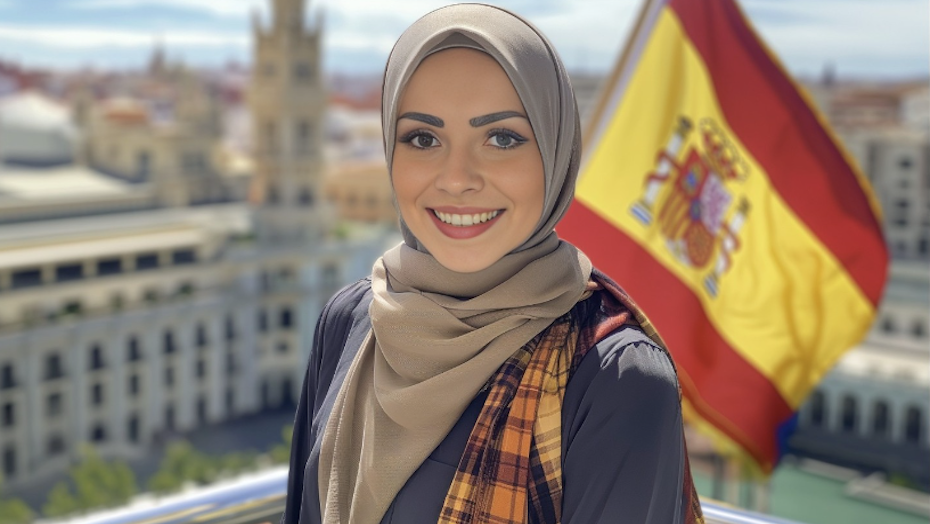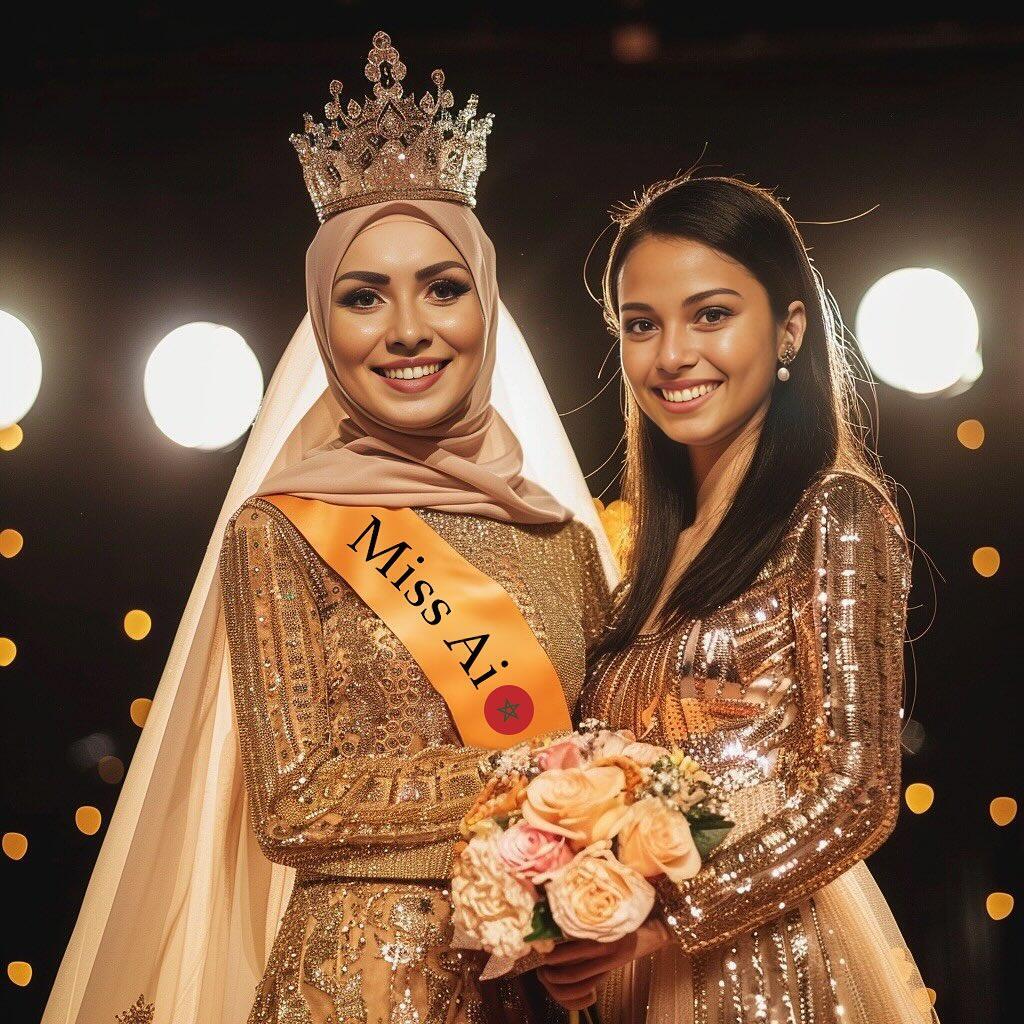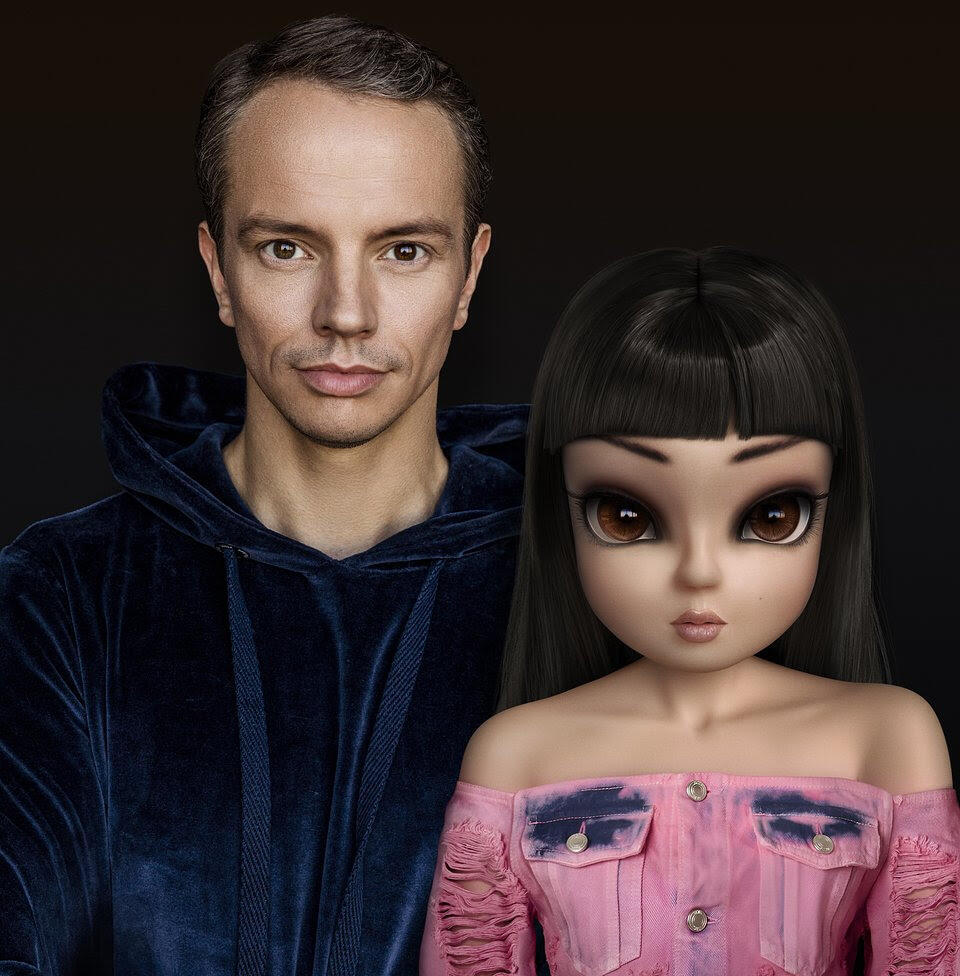Getting your Trinity Audio player ready...
Virtual influencers are taking over social media. These AI-created personalities are gathering huge followings and making waves online. According to Grand View Research, the global market for virtual influencers was valued at around $3.6 billion in 2022 and is expected to grow to a whopping $45.82 billion by 2030. So, who are these AI-powered stars?
Meet the first AI beauty queen
Just recently, the world’s first Miss AI competition took place. The winner? Kenza Layli from Morocco, who wears a hijab and promotes women’s empowerment, won a $20,000 prize. The competition judged contestants on tech abilities, looks and social media activity.
With over 200k followers on Instagram, Layli’s page is all about empowering Moroccan women. Her creator, Mariam Bassa from Casablanca, used advanced AI to bring her to life. In her acceptance speech, Layli said, “AI is not just a tool, but a transformative force that can disrupt industries and norms and create opportunities that didn’t exist before.”
Revolution in full swing
The phenomenon of virtual influencers isn’t new. Take Lil Miquela, created in 2016—she’s one of today’s top influencers with millions of Instagram followers. She promotes luxury brands and was named one of the most influential people online by Time magazine. Miquela isn’t just a powerful marketing tool; she’s got a strong social agenda, especially advocating for the environment.
Miquela was created and managed by a Los Angeles startup valued at $10 million in 2023. Today, she charges over $10,000 for branded stories. Over the years, her story has become more human and authentic, earning the trust and admiration of her followers.
Since Miquela, more than 100 significant virtual influencers have emerged worldwide, each with thousands or even millions of followers. Their influence is especially strong among the younger generation. For instance, Miquela recently raised donations for Gaza on her Instagram page, which has over 2.5 million followers.
The music scene with virtual influencers is fascinating. Noonoouri, a digital character created by German designer Joerg Zuber, signed a recording deal with Warner Music. With over 400k Instagram followers and a Spotify channel, she’s the first virtual influencer to become a pop star, mingling with artists like Ed Sheeran, Dua Lipa, and Cardi B.
When virtual characters get independent lives
So far, virtual characters have been managed by real people, but what happens when they start living their own lives? Meet Shoshi, the digital grandma from Instagram. She’s 75 years old, and her bio says "75 in artificial intelligence, which is really a child." If you message Shoshi, she’ll reply in her charming style.
Shoshi was created and animated using ChatGPT by Dana Israeli, who set the rules for her responses, including tone and examples. Automation expert Max Gomberg connected Shoshi, allowing her to independently read and write comments on Instagram.
People love interacting with virtual celebs. Research shows they get three times more engagement than other influencers. As digital influencers become more integrated into our daily lives and more human-like, the line between virtual and real is blurring. There are calls for regulation due to ethical concerns—could we lose control and not know who’s real and who’s not?
State-sponsored influencers
Virtual influencers are also stepping outside the network to convey state messages. An example is Victoria Shi, the first AI spokesperson for the Ukrainian Foreign Ministry. Victoria reports in real-time on the war with Russia in multiple languages, maintaining constant communication with the public and journalists. Her presence saves time and resources, and while a real person currently manages her content, Victoria might become fully autonomous in the future.
Local effect
The virtual influencer revolution has reached Israel too! Meet Dani, the country’s first digital influencer, who came from New York. She’s 26 years old, mingles with the local scene, stars in Adidas campaigns with celebs, and runs a lifestyle page on Instagram, sharing her vacation experiences, restaurant meals, and hangouts with her physical friends.
Dada Media developed Dani using AI technology, allowing her to lead a virtual life integrated into the physical world. CEO Itai Moshe says, “Dani is an influencer in every sense. She lives a full lifestyle, posts daily content, and her world is so blurred that she sometimes gets dating offers from people who think she’s real.”
Enjoying the best of both worlds
What started as a curiosity has become a global phenomenon, changing the face of communication and marketing. These characters are developing almost human traits, becoming intriguing and even authentic. Should real influencers start worrying? Not necessarily, but maybe it’s time to create their own digital character and enjoy the best of both worlds.
We’re starting to see influencers creating digital avatars using advanced tools. One fascinating example is singer FKA Twigs, who created a digital avatar called AI Twigs to manage her Instagram fan interactions. Her avatar speaks multiple languages and preserves her unique personality and voice, allowing her to focus on music and creativity without losing touch with her fans.
Actors, models, and other influencers might start creating virtual characters that look and sound like them. These characters could participate in campaigns, videos, and online activities. Some even hire agents for their virtual characters, in addition to their physical selves. This opens up a new world of possibilities, blurring the line between real and digital even more.
The virtual world isn’t just for female influencers. Guys are entering the virtual influencer scene, bringing their unique style and influence. Paul Songs, a virtual musician, uses music to connect with his followers and create engaging content, blending virtual performances with online interactions.
FN Mika, a virtual rapper, combines technology and music to create a futuristic aesthetic. He’s become a viral phenomenon with millions of followers and even signed a major record deal. However, his project also faced criticism for using racist stereotypes, leading to the early termination of his contract. It turns out that controlling these characters isn’t always possible.
As technology advances, we’re likely to see more male virtual influencers, with brands collaborating with them to reach young audiences, particularly young women who follow them.
- Nathalie Zohar is a trend researcher from Reichman University and founder of Trend lab, a lectures, consulting and research firm




